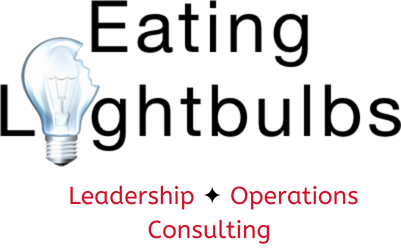We Know What Needs to Change
We know what to do. With the empirical research that’s been done on Self Determination Theory and Optimal Performance, we have more than enough data to tell us what works as far as engaging and motivating employees is concerned. We also have over 20 years of business success to back up the research.
As Dan Pink points out in Drive, there’s a knowing-doing gap between “what science knows and what business does.” The problem isn’t that we don’t know how to make work engaging, rewarding, and innovative; the problem is getting businesses to adopt these ideas.
We are still operating under Business 1.0. Corporations as we know them began about 150 years ago, and management practices have not changed much since then. Most of our businesses operate on a command and control, carrots and sticks model.
A dozen or so companies have started to transition to Business 2.0 practices, and a few have made the transition. They’ve all found their way into my previous blog posts. So what does life look like the inside of Business 2.0 companies?
Employees are measured by their results, not the number of hours they work.
They work on things they are passionate about, with who they want when they want.
They are fully engaged and look forward to working.
Busy work and nonproductive meetings are the exceptions and not the rule.
Managers act more as coaches who help their workers find their passion, and potential and push them toward higher competency levels. They work with employees to create goals just beyond the reach of their skill sets.
Titles become less important than the work, and roles change with projects.
Employees have some choice in their compensation which may reflect the level of risk and reward they are comfortable with.
Information is shared freely across the organization. It’s not compartmentalized.
Feedback is continuous, not just given during an annual review.
Turnover is less than five percent per year.
They have a clear vision that guides employee decisions so that decisions can be pushed closer to the customer.
They have rich, caring cultures that foster trust at all levels. They are more sustainable and transparent.
It sounds like the fabled Shangri-la! It’s hard for me to fathom that more organizations have not adopted practices that would foster these results. I realize that these ideas may seem unrealistic or even threatening to folks working in the average workplace. Most of us find change difficult or at least uncomfortable.
No one is more intimidated and fearful of this change than executives. They have the power, and people in power rarely give it up freely. The paradox here is that by giving up a large chunk of that power, they’d end up with more profitable and sustainable companies in the long run.

